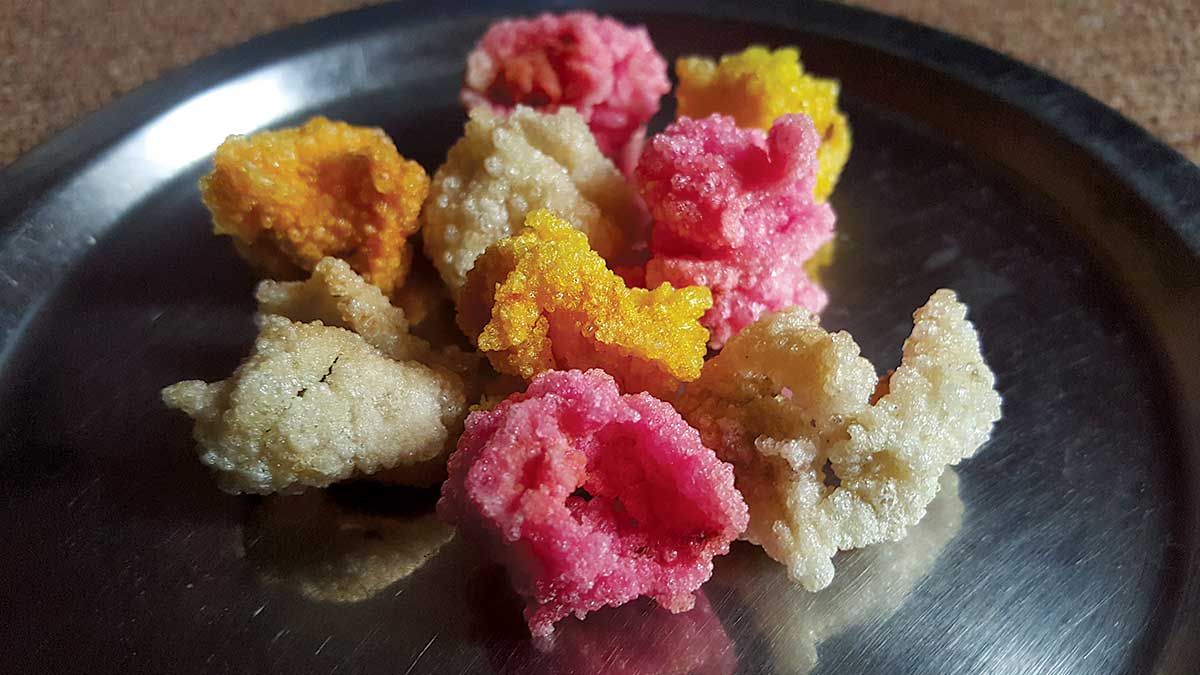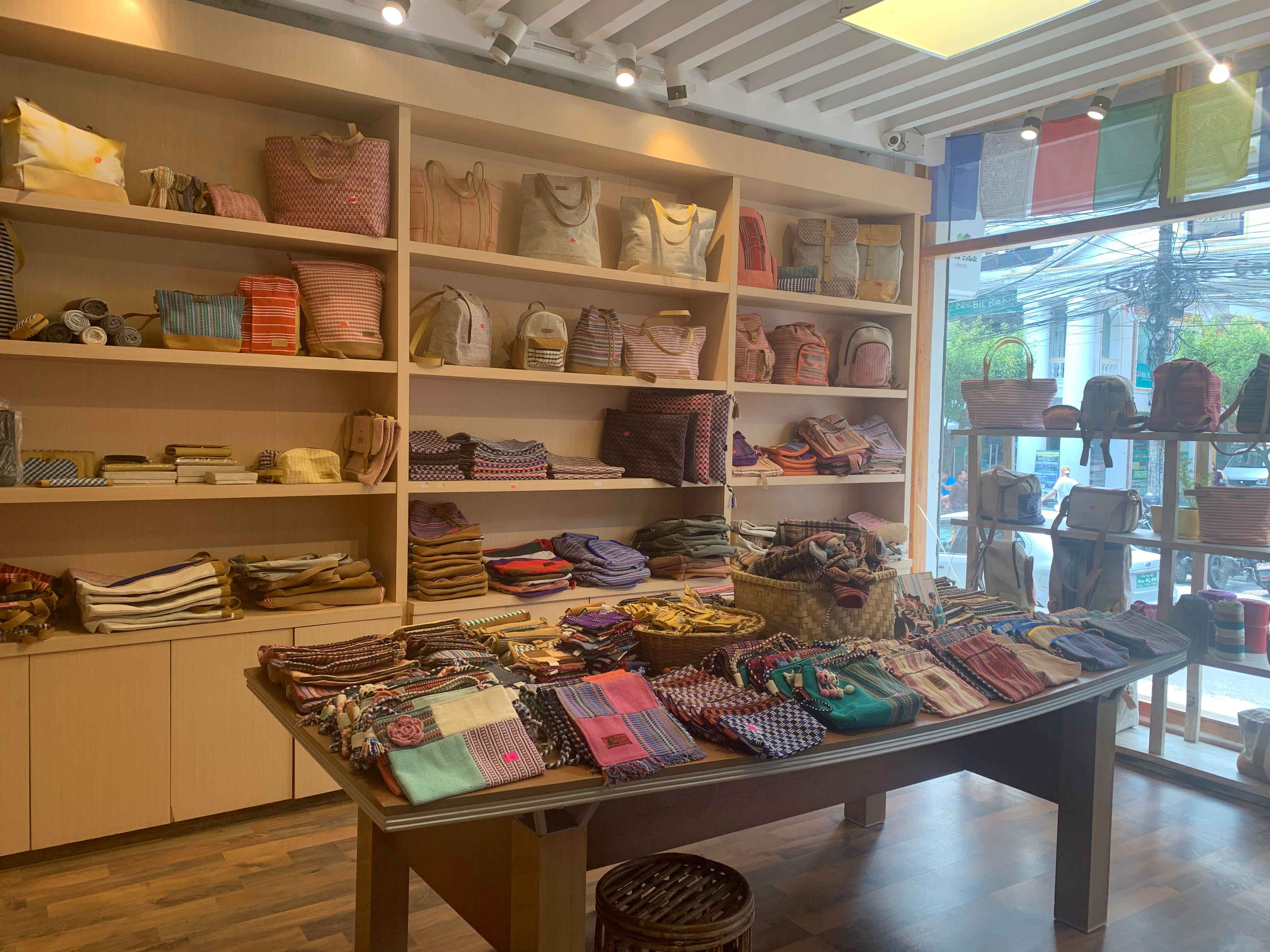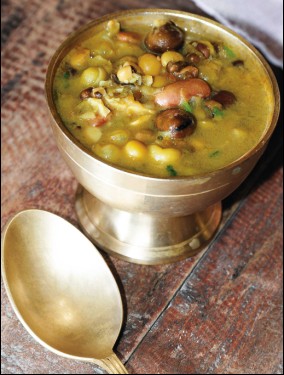Rice planting is tough business. First, seedlings are grown in small patches. As soon as the previous paddy is harvested, the men arrive with their ox. They wade behind the ox and plow in knee deep mud that houses scores of leeches. First they cut the earth with a large knife and then they change to a large comb that evens out the earth leaving behind a fine silt. Once the paddy is ready, the baby rice plants are removed and transferred in bundles by the women. Each grasps a bundle and moving backward, replant them about three inches apart till the entire field is covered. About a month and a half later, the women have to weed the fields, pulling up stray plants that threaten the harvest. Those single blades of rice have now become large green bundles.
One fine day, I look out and all I see as far as I look is the beautiful green patchwork of rice paddies laid out before me and carved up into the hillsides. It’s harvest time and all the rice planted three months ago is ready. Moving in rows again across the field, the women slice effortlessly through the rice stalks. While the women work, the boys collect the large bundles and take them to a central area. There, plastic tarps are spread out and the stalks are beaten over a rock to shake the rice loose. Women sing songs and laugh and joke. After bagging the rice, the stalks are sifted to draw out further grains and separate rocks and other inedible matter. Then the stalks are laid out in the sun to dry. Once they are completely dry, they are bundled and stored, and left overs are the feed for the animals for the next season.
Click on the image and move your mouse.










